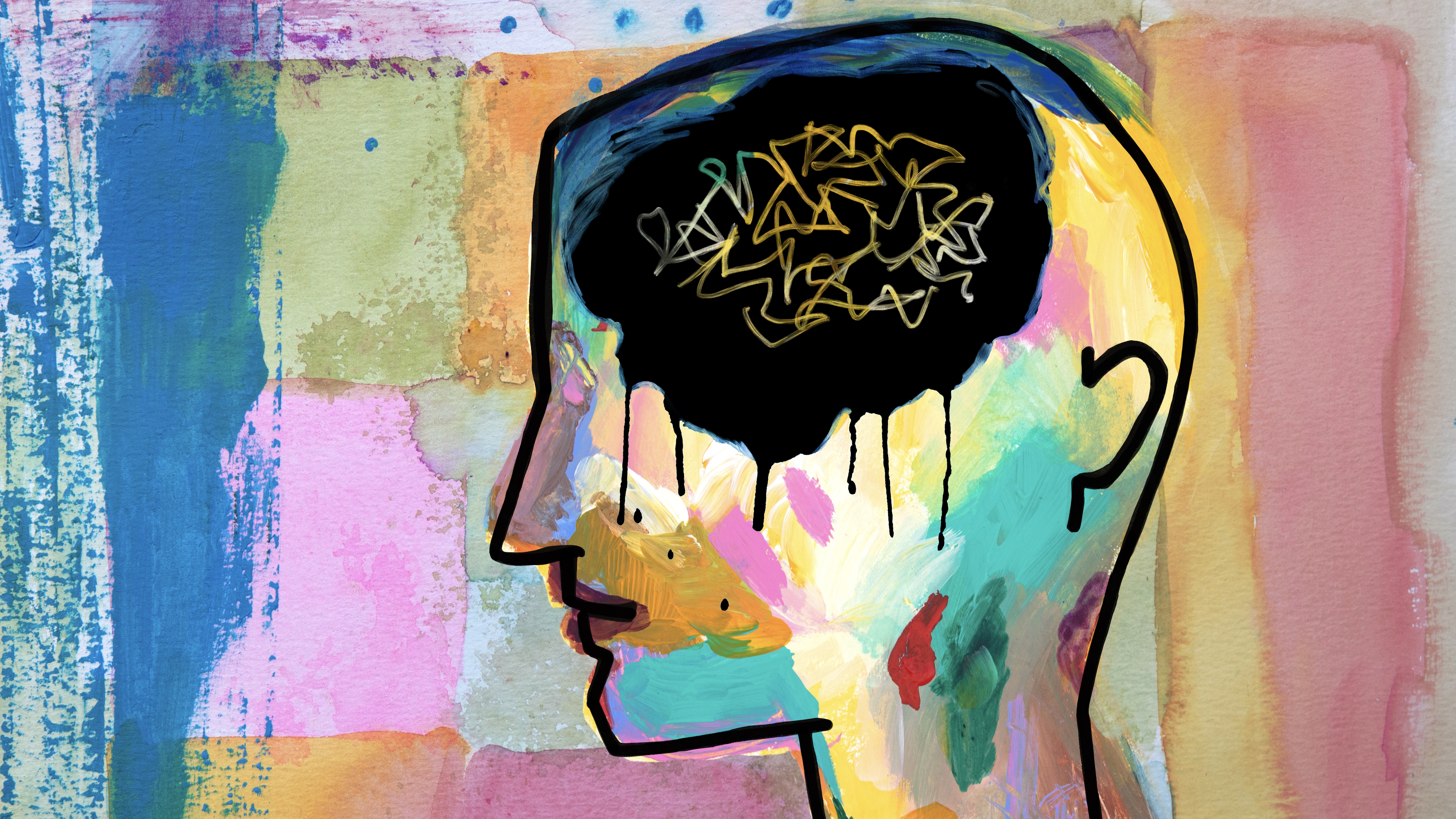When remote working is the new normal
Even after COVID-19, don’t expect working patterns to go back to how they were

It’s often said that there’s an old Chinese curse: “may you live in interesting times”. Apocryphal though that particular saying may be, times don’t get much more interesting than these. Countries around the world are currently under varying stages of isolation and lockdown, as governments try and prevent the deadly spread of the COVID-19 virus. Almost overnight, daily life changed dramatically; no more visits to see friends, no trips to restaurants or cinemas and, for the majority of employees, no more going into the office.
The prevailing advice is that those who can work from home should do so and as the lockdowns were introduced around the world, organisations up and down the country were forced to turn to 100% remote working. Even as lockdowns begin to ease, many employers are choosing to keep staff at home where possible, and government guidelines have indicated that social distancing measures may have to remain in place for some time after formal lockdowns end – meaning that remote working may be the preferred option for organisations that work on a basis of hot-desking.
For many employers, this is the first time that they’ve supported remote staff on a widespread scale. Organisations including tech giants like Twitter and Facebook are now gearing up to support increased levels of remote working beyond the end of the coronavirus crisis, prompting huge adjustments from both a cultural and an IT standpoint.
Video conferencing and collaboration tools have been the most visible examples of this, as organisations turn to tools like Zoom, Slack, G Suite and Microsoft Teams to keep their staff efficiently connected. Digital workflow tools have helped link these services to SaaS products such as Microsoft 365 in order to maintain output and productivity, while various document management systems have been deployed in short order to meet compliance requirements.
Deploying a solution as complex as G Suite or Microsoft 365 can be challenging enough at the best of times, let alone trying to deploy rapidly and at scale, during the middle of a global crisis.
According to Jason Hill, executive partner of Reply, the tech firm has seen a major increase in organisations seeking its help for everything from deploying and managing G Suite and Microsoft 365 instances to ensuring their cloud and digital transformation journeys are secure and sustainable. Reply’s services have been instrumental in helping these businesses adapt to the rapidly shifting requirements of the current crisis.
The key question amongst all this upheaval is whether businesses will go back to the way they used to operate before the current situation forced them to adapt. Companies are eagerly welcoming the continued lifting of lockdowns so that they can reopen physical retail locations, ease pressure on supply lines and rejuvenate revenue streams – but will they reopen their offices, and if they do, will there be any staff occupying them?
After the lockdown lifts, organisations will no longer be able to object to remote working on the grounds of productivity or tooling, and although some may still hold firm on the basis of a desired in-office company culture, thousands of employees will be free to continue working from home for the foreseeable future. This means that companies will need to continue supporting the ongoing IT needs of remote workers, so the new culture of video meetings as standard may not be going anywhere even when lockdowns have ended.
In fact, with video conferencing and remote work now thoroughly normalised, many organisations may conclude that they don’t actually need a physical office at all. A fully distributed workforce means they can eliminate the rent, upkeep and other associated operating costs that come with physical premises which, coupled with a potential productivity boost from remote working, makes an attractive proposition.
“The business and IT leaders we’re talking to are no longer looking at remote working as a temporary measure. They are analysing the health and productivity of employees and the efficiencies to be gained by remote working,” said Hill. “A key part of that analysis is whether existing technology solutions can support wide-scale remote working in the long term.”
For companies that require access to on-premise services or infrastructure, VPN solutions are the obvious answer, as well as remote management to help IT keep them operational. Cloud-managed virtual desktop infrastructure has also been pushed to the fore to rapidly provision and deploy mobile devices in a way that is secure, manageable and – crucially – can be done from a distance.
With a sustained uptick in remote workers all but certain, companies must now look to the future of their IT roadmap. For those that hadn’t embraced the relevant technology pre-COVID, the emphasis was on speed, with an urgent need to get a functional solution in place as quickly as possible. When the dust settles, organisations should consider how they can best build remote working into their DNA in a way that is going to be productive, secure and sustainable.
So what does the foundation of successful remote working look like? Part of this question is technological – for example, companies will likely need to adjust their security practises to account for a more distributed workforce, with a greater focus on multi-factor authentication, endpoint security and lateral network movement – but the cultural change aspect should not be underestimated either.
According to Hill: “Companies should get used to livestreaming events, both internal and external for those not able to attend in person. Managers also need to make concerted efforts to include remote employees as much as those based in the office and to make sure they’re not feeling isolated.
“For example, Reply offers a solution that can help solve these challenges, giving companies a digital workplace software platform that’s custom-tailored to their needs and goals, incorporating collaboration and knowledge-sharing tools, automation of business processes and a modular, highly flexible architecture.”
All the evidence points to one truth: remote working is here to stay. Putting it off or dismissing it is simply no longer an option, and businesses that put in the hard work and build a solid foundation now will be in the best position to ride that wave when the quarantine ends. Good remote working is about a seamless fusion of processes, tools and culture.
Discover how Reply can help your business create a smarter digital workplace
Get the ITPro daily newsletter
Sign up today and you will receive a free copy of our Future Focus 2025 report - the leading guidance on AI, cybersecurity and other IT challenges as per 700+ senior executives
ITPro is a global business technology website providing the latest news, analysis, and business insight for IT decision-makers. Whether it's cyber security, cloud computing, IT infrastructure, or business strategy, we aim to equip leaders with the data they need to make informed IT investments.
For regular updates delivered to your inbox and social feeds, be sure to sign up to our daily newsletter and follow on us LinkedIn and Twitter.
-
 Manners cost nothing, unless you’re using ChatGPT
Manners cost nothing, unless you’re using ChatGPTOpinion Polite users are costing OpenAI millions of dollars each year – but Ps and Qs are a small dent in what ChatGPT could cost the planet
By Ross Kelly
-
 Westcon-Comstor unveils new managed SOC solution for Cisco partners
Westcon-Comstor unveils new managed SOC solution for Cisco partnersNews Powered by Cisco XDR, the new offering will enable partners to tap into new revenue streams, the company said
By Daniel Todd
-
 IT professionals aren’t budging on flexible work demands – and more than half say they’ll quit if employers don’t meet expectations
IT professionals aren’t budging on flexible work demands – and more than half say they’ll quit if employers don’t meet expectationsNews Analysis from Randstad shows 40% of UK-based IT pros have quit over a lack of flexible work options, while 31% of workers globally have done the same.
By Ross Kelly
-
 'The tide seems to be turning towards office attendance': 64% of hybrid business leaders want staff back in the office – but many worry that enforcing RTO mandates will drive employees away
'The tide seems to be turning towards office attendance': 64% of hybrid business leaders want staff back in the office – but many worry that enforcing RTO mandates will drive employees awayAnalysis Many UK business leaders want their staff back in the office more frequently, but they’re scared to implement return to office (RTO) mandates in fear of worker revolts.
By George Fitzmaurice
-
 Employees are dead set on flexible working arrangements – three quarters would turn down a role that didn't offer hybrid options as work-life balance becomes more important than pay
Employees are dead set on flexible working arrangements – three quarters would turn down a role that didn't offer hybrid options as work-life balance becomes more important than payNews New research shows workers are increasingly demanding flexible working arrangements from employers.
By Emma Woollacott
-
 Nearly half of tech workers are seeking new roles – declining employee benefits and reduced flexible working options have staff looking elsewhere
Nearly half of tech workers are seeking new roles – declining employee benefits and reduced flexible working options have staff looking elsewhereNews While salaries are rising for tech workers, other benefits are in decline, leading to a fall in job satisfaction
By Emma Woollacott
-
 Untethered: How CIOs and CISOs are paving the way for the new hybrid workforce
Untethered: How CIOs and CISOs are paving the way for the new hybrid workforceWhitepaper Effective techniques to transition from exposed legacy infrastructure to an effective zero trust strategy
By ITPro
-
 Unified endpoint management and security in a work-from-anywhere world
Unified endpoint management and security in a work-from-anywhere worldWhitepaper Learn how to converge endpoint management and security processes and systems to drive efficiency and reduce risk
By ITPro
-
 Why flexible working is critical to ensure talent retention
Why flexible working is critical to ensure talent retentionAdvertorial The changing face of flexible working will be the focal point of a webinar hosted by the Achievers Workforce Institute on July 12
By ITPro
-
 Hybrid work means we’re burning out harder and faster than ever
Hybrid work means we’re burning out harder and faster than everIn-depth Technology has fueled an always-on culture that’s turbocharged a new breed of burnout, but technology can also come to the rescue
By Sandra Vogel
